Recently, with the completion and official operation of 3 specialized centers: pediatric cardiology, pediatric surgery and neonatology, Children's Hospital 1 has become a prestigious specialized center in these fields in the ASEAN region.
Intensive care
Dr. Bach Van Cam, senior professional consultant, teacher of many generations of doctors who have been associated with Children's Hospital 1 since before 1975 until now, said: Since the 2000s, in the context of increasingly complex disease patterns, in order to reduce treatment pressure for hospitals in Ho Chi Minh City and the provincial level, Children's Hospital 1 has focused on developing in the direction of specialized pediatrics on the basis of the solid foundation of mass pediatrics that it already has.
Currently, Children's Hospital 1 has specialized in many fields. Especially in the field of emergency resuscitation, the hospital has deployed many complex and intensive techniques such as continuous blood filtration, high-frequency oscillatory ventilation, command hypothermia, and the in-hospital red alert procedure initiated in 2008, which has saved the lives of many critically ill children whose survival rate was only 1-2% before. Extracorporeal membrane oxygenation (ECMO) is a specialized technique that has saved the lives of many critically ill children who were almost certain to die before. The application of many specialized techniques has helped reduce the child mortality rate at the hospital from 1.4% in 2005 to 0.36% in 2022.
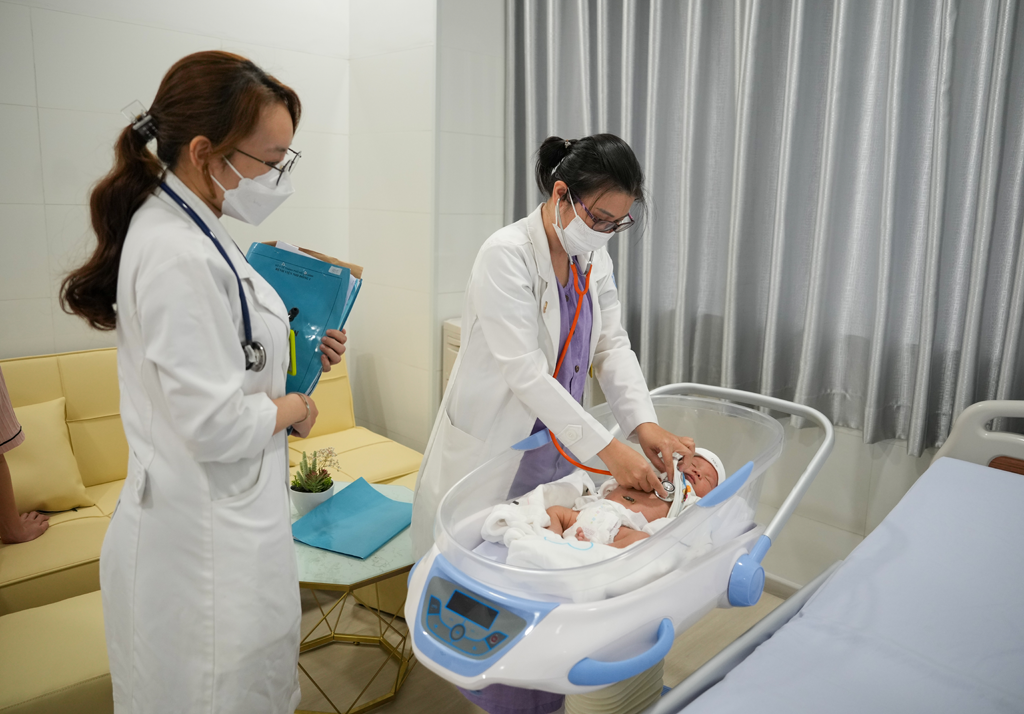
Neonatal Center, Children's Hospital 1
Can save the lives of 23-week premature babies?
According to Associate Professor, Dr. Nguyen Thanh Hung - Director of Children's Hospital 1, in addition to promoting specialized emergency resuscitation techniques, in the coming time, the hospital will focus on developing four other specialized spearheads including pediatric surgery, interventional cardiology, infectious diseases - epidemics, and neonatology.
Children's Hospital 1 is the first unit in the country to have a neonatal intensive care center, with a scale of 150 beds and many advanced techniques deployed, meeting the standards of level 4 neonatal resuscitation (the highest level according to international standards). The center can save the lives of premature babies born at 23 weeks, with a birth weight of 400 grams. This result is on par with neonatal centers in countries in the region.
Retinopathy of prematurity in premature infants can cause blindness if not detected and treated promptly, and was also screened at Children's Hospital 1 20 years ago. Currently, in addition to treating this disease with laser, the hospital also deploys intraocular injection techniques to help increase the success rate for very complicated cases.
The Metabolic Pathology Unit was established in 2017 as a premise for the establishment of the Neonatal 2 and Genetic Metabolism Department in 2021. This is the place to receive children with rare genetic metabolic diseases in the entire southern region, helping to save the lives of many seriously ill and critically ill children who were previously almost undiagnosed and untreated. This also contributes to reducing the mortality rate of newborns with rare diseases, serious diseases... from nearly 10% in 2004 to less than 1% in 2022.
With the EXIT method, Children's Hospital 1 performed emergency surgery on newborn babies as soon as they were born.
"There are children with dangerous diseases from the time they are in the womb. If the umbilical cord is cut at birth, the child will die on the operating table. Children's Hospital 1 coordinates to intubate or open the fetal trachea and ventilate during birth, and perform emergency intervention when the child's head just emerges from the mother's womb. After the child is born, the umbilical cord will be cut and the child will be quickly transferred to Children's Hospital 1 for surgery, care and continued intensive treatment," according to Dr. Dao Trung Hieu, former Deputy Director in charge of the surgical department - who directly performed EXIT surgery from the first days in April 2019.

Diagnostic imaging for pediatric patients
Deploying heart transplant techniques
Since 2004, Children's Hospital 1 has implemented closed heart surgery, and on June 1, 2007, it implemented open heart surgery. Two years later, the hospital continued to put the Interventional Cardiology Unit into operation. To date, the hospital has performed surgery for more than 5,000 pediatric patients and provided interventional information for more than 8,000 pediatric patients. Thanks to that, the rate of pediatric deaths due to heart disease has dramatically decreased from 7.7% in 2004 to only 0.45% in 2022.
Associate Professor, Dr. Vu Minh Phuc, former Deputy Dean of the Faculty of Medicine - University of Medicine and Pharmacy, Ho Chi Minh City, Head of the Cardiology Department, Children's Hospital 1, said:
Over the years, Children's Hospital 1 has perfected treatment techniques from simple to specialized, complex as well as cardiovascular interventions in extremely premature and very low birth weight infants... The hospital is moving towards being able to treat all the most complex heart diseases, especially successfully implementing pediatric heart transplant techniques in the near future.
Children's Hospital 1 is also a place for training, coaching and transferring techniques on cardiovascular intervention in children, especially interventional cardiology, to many hospitals at home and abroad. The hospital is also a place of international cooperation with many leading cardiovascular experts in the world . In June 2023, the Hospital's Cardiovascular Center will be recognized as one of the excellent cardiovascular centers of the Children's Heartlink organization (USA) in the treatment of congenital heart disease in children.
"Children's Hospital 1 has newly invested facilities, with many modern medical equipment such as microscopic endoscopic surgery system, CT-Scanner, DSA system, central drug preparation system, new generation gene sequencing system, modern infection control center... The hospital has full opportunities to develop into a specialized pediatric medical center in the ASEAN region in the near future. We are more determined to save the lives of many children, creating a friendly pediatric environment for them and their relatives", Associate Professor, Dr. Nguyen Thanh Hung shared.
Many development directions
According to Associate Professor, Dr. Tang Chi Thuong, Director of the Ho Chi Minh City Department of Health, with the current 3 pediatric hospitals, Children's Hospital 1 will soon become a pediatric cardiovascular care center. Meanwhile, Children's Hospital 2 is oriented to become an organ transplant center and Children's Hospital City will become a pediatric cancer treatment center in the ASEAN region.
Dr. Truong Quang Dinh, Director of the City Children's Hospital, said that the City Children's Hospital has a modern, international-standard facility with 1,000 beds. In the field of cancer, the hospital has established an Oncology Department, which is in charge of surgery, chemotherapy, radiotherapy, nuclear medicine and palliative care for pediatric cancer patients. Currently, the hospital has nearly 410 pediatric patients under treatment. All pediatric cancer patients are cared for in a friendly pediatric environment, with a reading room, a playroom, and organized classes for pediatric patients...
According to Dr. Pham Ngoc Thach, Deputy Director of Children's Hospital 2, the hospital has had a foundation in organ transplantation (liver, kidney) for many years. The hospital is currently building a 10-storey technical area and will be completed soon. The hospital is sending human resources for training in organ transplantation and waiting for the Ministry of Health to appraise the organ transplantation project. In addition, the hospital has strengths in anesthesia - resuscitation, emergency, surgery and other related specialties, such as: endocrinology, neurology, surgery... The hospital will be completely autonomous in organ harvesting and transplantation, stem cell transplantation for pediatric patients.
Source link







![[Photo] Cutting hills to make way for people to travel on route 14E that suffered landslides](https://vphoto.vietnam.vn/thumb/1200x675/vietnam/resource/IMAGE/2025/11/08/1762599969318_ndo_br_thiet-ke-chua-co-ten-2025-11-08t154639923-png.webp)


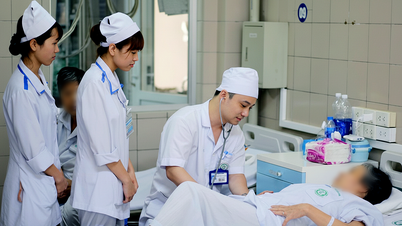
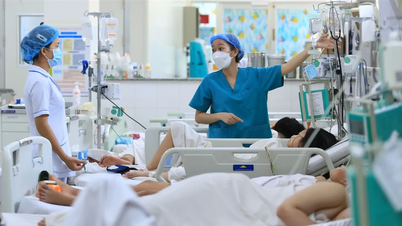

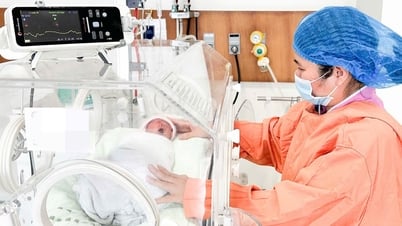
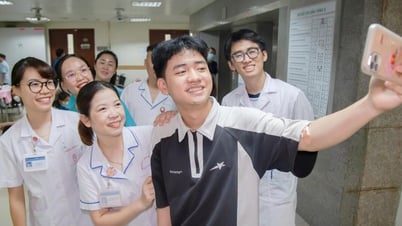
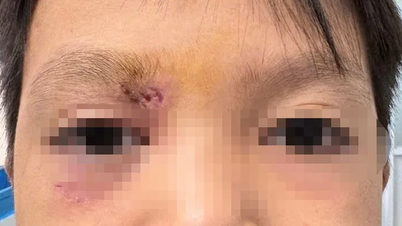


























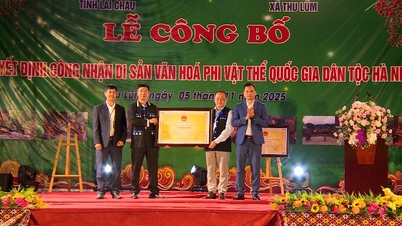


![[Video] Hue Monuments reopen to welcome visitors](https://vphoto.vietnam.vn/thumb/402x226/vietnam/resource/IMAGE/2025/11/05/1762301089171_dung01-05-43-09still013-jpg.webp)

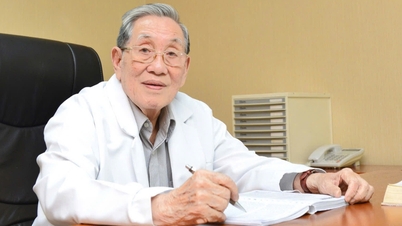
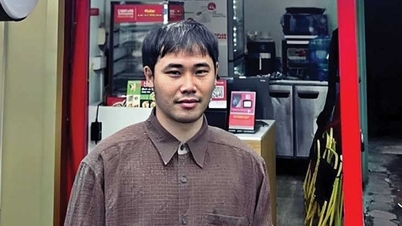

























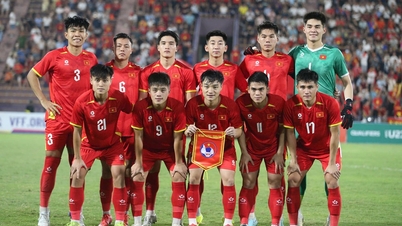

















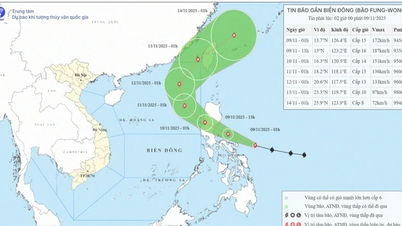

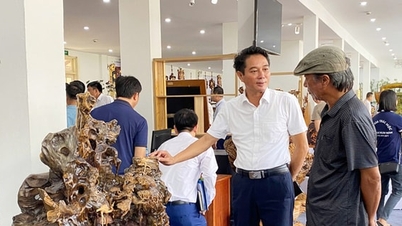

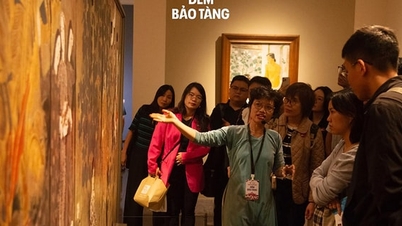















Comment (0)